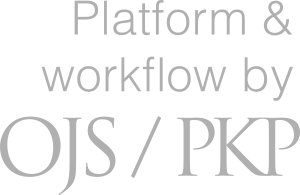The Selection of Digital Information Sources
The Case of Entrepreneurs
Osasto
Informaatiotutkimuksen päivät
Julkaistu
2020-10-28
Viittaaminen
Orrensalo, T. (2020). The Selection of Digital Information Sources: The Case of Entrepreneurs. Informaatiotutkimus, 39(2–3), 124–129. https://doi.org/10.23978/inf.99104
Copyright (c) 2020 Thao Orrensalo

Tämä työ on lisensoitu Creative Commons Nimeä-EiKaupallinen-JaaSamoin 4.0 Kansainvälinen Julkinen -lisenssillä.




